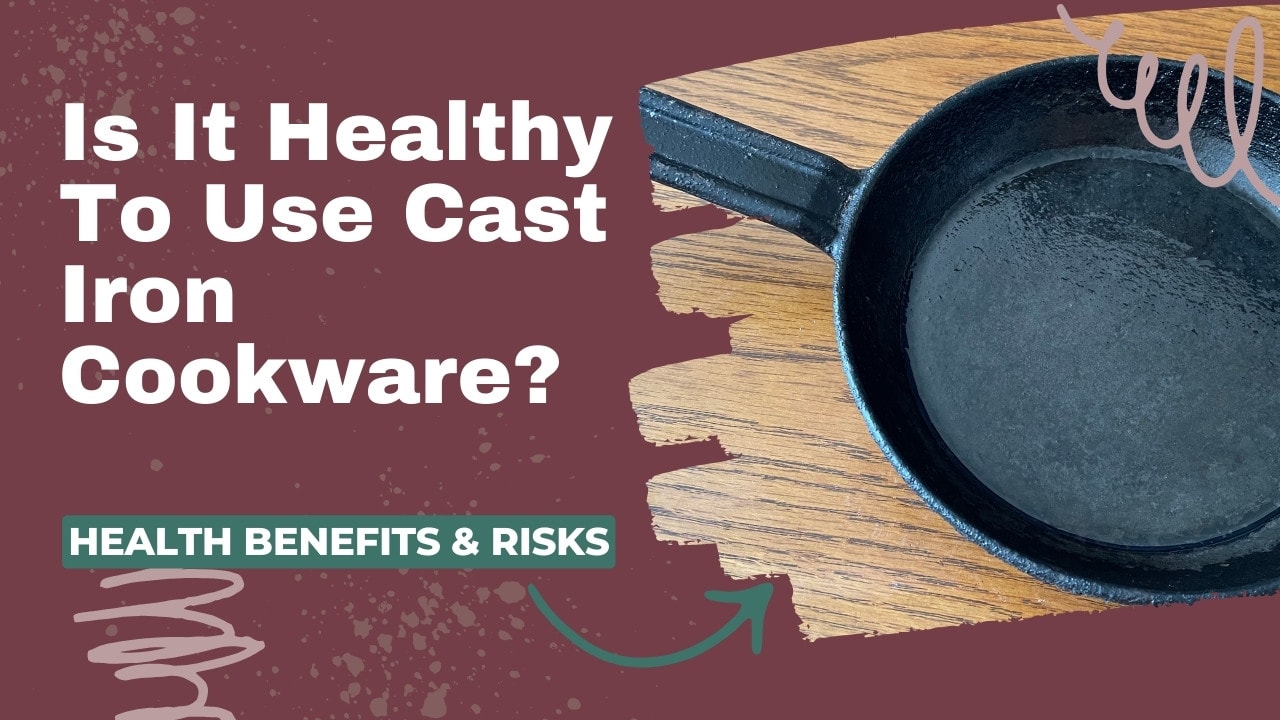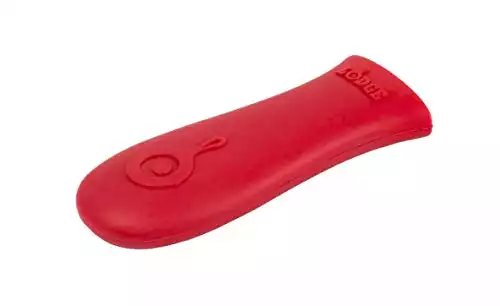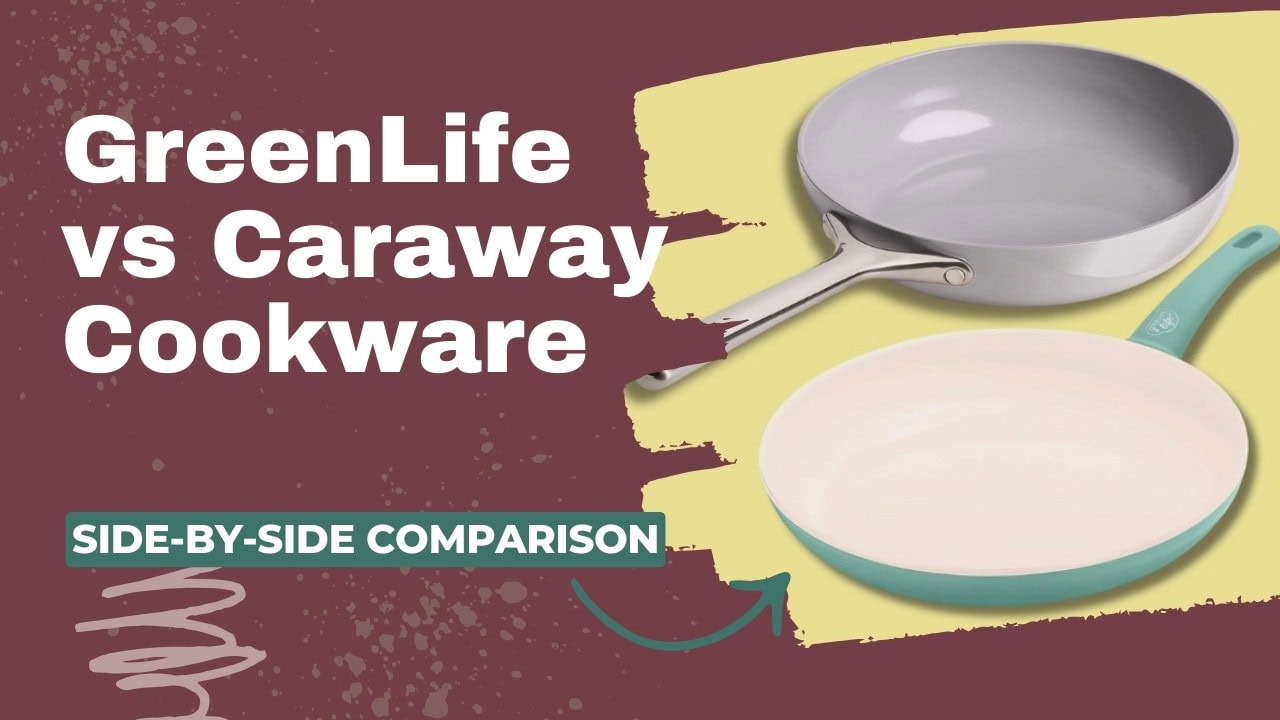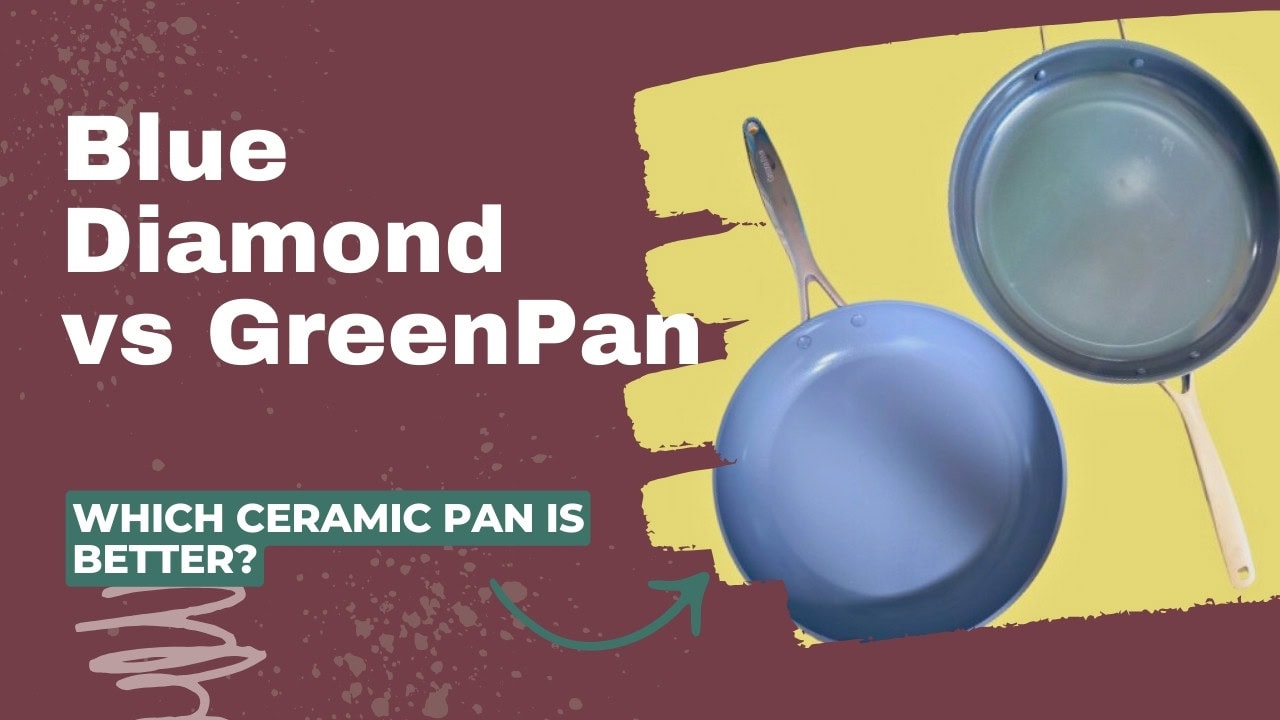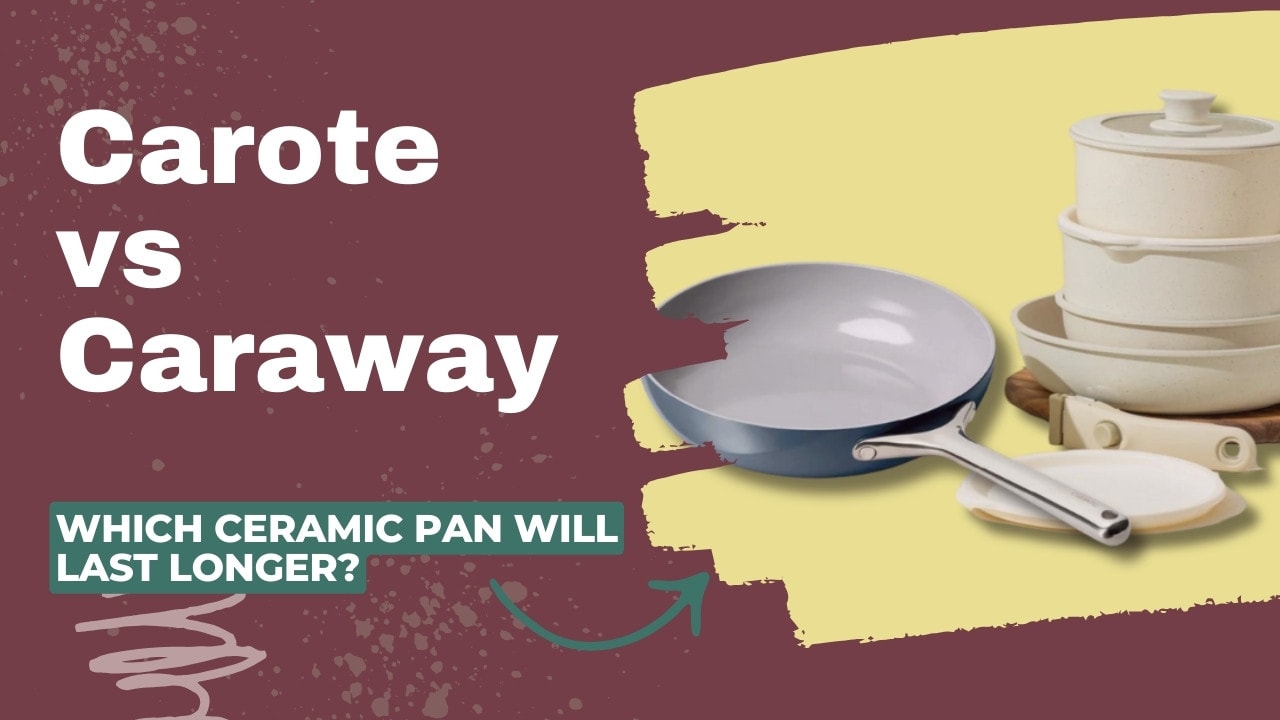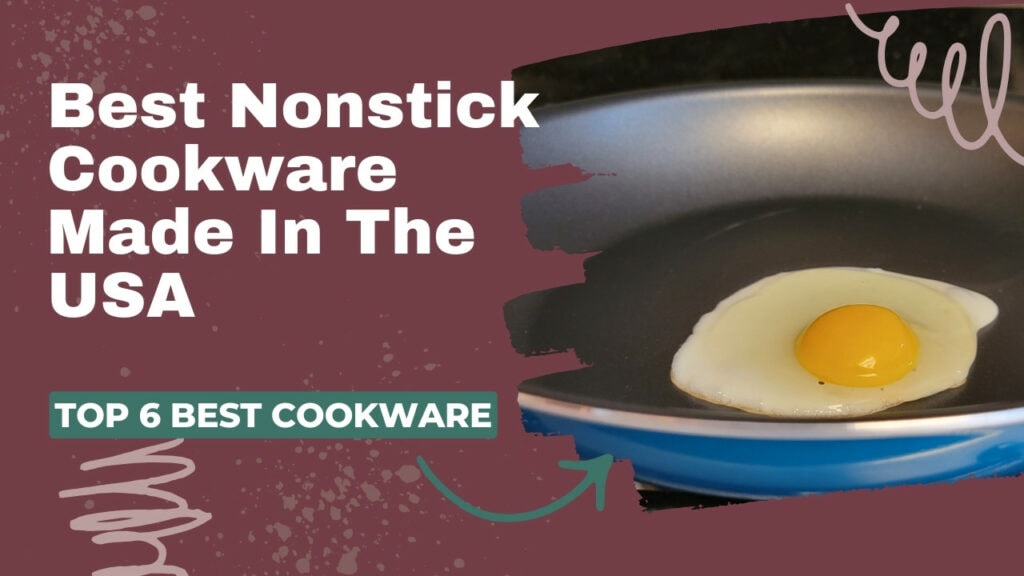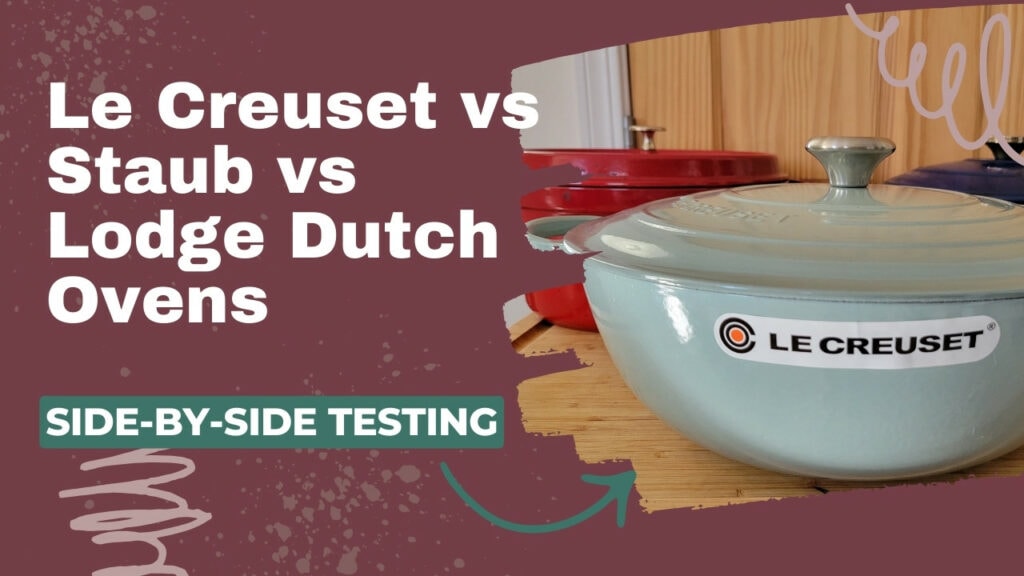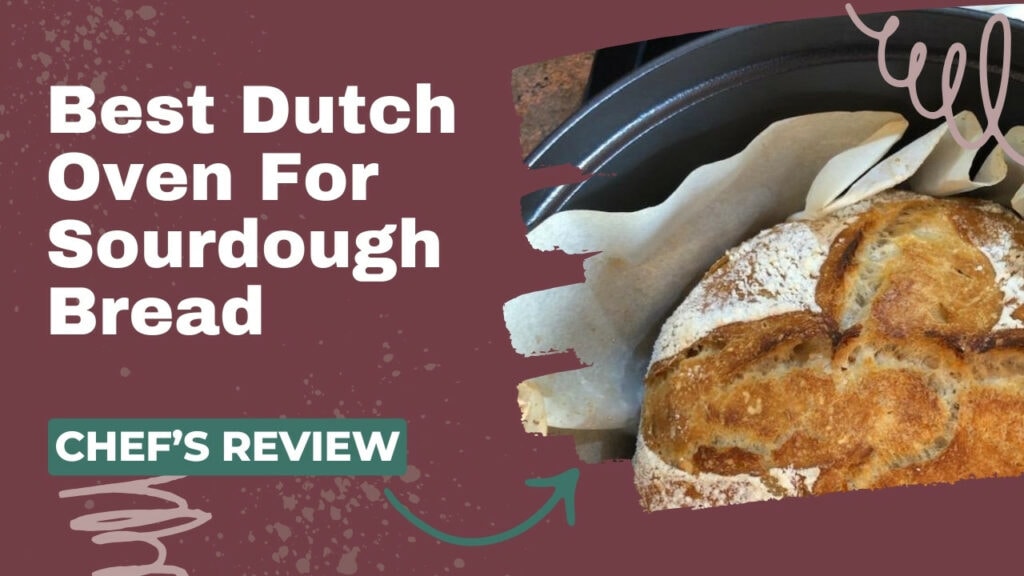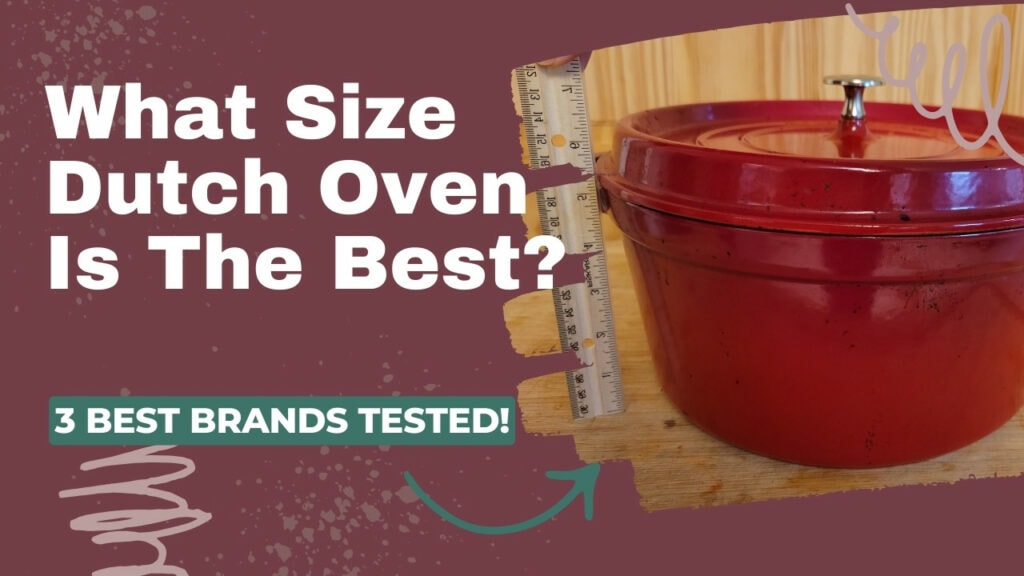DISCLAIMER: THIS PAGE DOES NOT PROVIDE MEDICAL ADVICE.
This page is intended for informational purposes only. No material on this page is intended to be a substitute for professional medical advice, diagnosis, or treatment. Always seek the advice of your physician or other qualified healthcare provider before changing your dietary or cooking habits.
Cast iron has been a go-to cookware material for thousands of years, but you may be wondering: is it healthy to cook on cast iron?
Every kind of cookware comes with its pros and cons, and cast iron is no different. In this article, I’m going to share my research on the health benefits and risks of cast iron cookware, so you can decide whether or not it’s a good fit for your lifestyle.
Is Cast Iron Safe?
Most experts consider cast iron pans safe for most people to use. Cast iron cookware leaches a small amount of nonheme iron into your food, especially if the cookware is new and not well seasoned, or is used with acidic foods. This can put particular people at risk of iron overload, so it’s critical to consider your personal risk factors and discuss this choice with your medical provider.
Materials and Chemicals Not Found in Cast Iron
Many people turn to cast iron pans because of what’s not in them. There are lots of potentially concerning polymers or metals found in other types of cookware that are not found in cast iron.
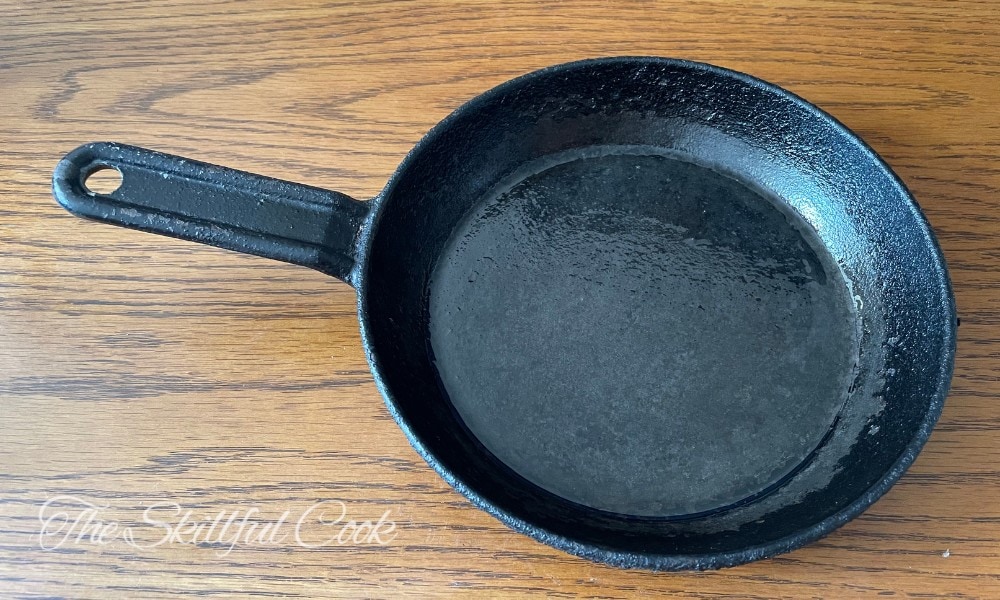
Cast iron is very simple: made of 95-98% iron alloyed with 5-2% carbon, silicon, and possibly other metals. It does not have synthetic chemical coatings.
Here is a list of all the things that could be present in other kinds of cookware, but not in cast iron.
To reiterate, natural, raw, uncoated cast iron (like your Lodge skillet) does not contain any of the materials in the above list. Besides its simplicity, people are drawn to cast iron for its affordability, long lifespan, and incredible heat retention.
Are There Reasons Not to Use Cast Iron Cookware?
While cast iron may be free from all the nasties I mentioned above, there are a few safety factors to consider. I wanted to give you a complete picture of every potential drawback so you can go into your purchase knowing all the facts.
Here are a few reasons not to use cast iron cookware:
Excess Iron Intake
Research has shown that cooking in cast iron cookware, especially newer cookware without a heavy layer of seasoning, can increase the nonheme iron content of foods. The iron transfer increases with cooking duration and if you are cooking with acidic foods.
Nonheme iron is the same type found in plant sources like spinach. While it’s not as bioavailable as heme sources of iron, some studies indicate that cooking in cast iron can significantly raise blood hemoglobin levels.
This could contribute to iron overload in individuals with already high iron levels. Those who eat a lot of red meat or other iron-rich food, who don’t menstruate, or who have hemochromatosis are at the greatest risk.
I also avoid cooking for children under three in cast iron, as they are very susceptible to iron toxicity. Extended iron overload can result in liver damage.
Fumes from High Heat or Seasoning Oils
Seasoning cast iron involves applying oil in a thin layer and heating it until it polymerizes and creates a protective layer. It’s important to use the right oil for this process, as some low smoke point oils, like virgin olive oil, will release harmful fumes at high temperatures, or break down into compounds that are not safe to eat.
I recommend sticking to high-smoke point oils like grapeseed, canola, or vegetable oil for seasoning cast iron. Try to apply an extremely thin layer of oil, wiping off any excess religiously, before you season the pan. This will reduce the amount of smoke produced.
Cast iron is one of the few cookware materials that can handle the very high heat needed for searing or flash stir-frying.
However, according to a 2022 study, cooking on cast iron with high heat releases hazardous air pollutants.
Risk of Burns
Cast iron cookware gets very hot when cooking, so you have to handle it carefully to avoid burns. Iron skillets are cast in one solid piece, including the handle, which means the whole thing gets very hot. For this reason, you should always wear oven mitts or use a handle cover when cooking on cast iron.
✅ Protects hands from heat up to 500°F
✅ Secure, comfortable grip
✅ Dishwasher safe
Maintenance Issues
Many people are put off by cast iron because it requires maintenance. (I think this is a little overblown. Sure, you can just pull a nonstick pan out of your cupboard, and it’s ready to use, but that pan is going to be in a landfill in a few years. The short time it takes to maintain cast iron is totally worth the fact that these pans are heirloom pieces.)
Without maintenance, your cast iron pans can potentially rust. The USDA recommends against ingesting rust. But, thankfully, preventing rust on a cast iron skillet isn’t hard to do.
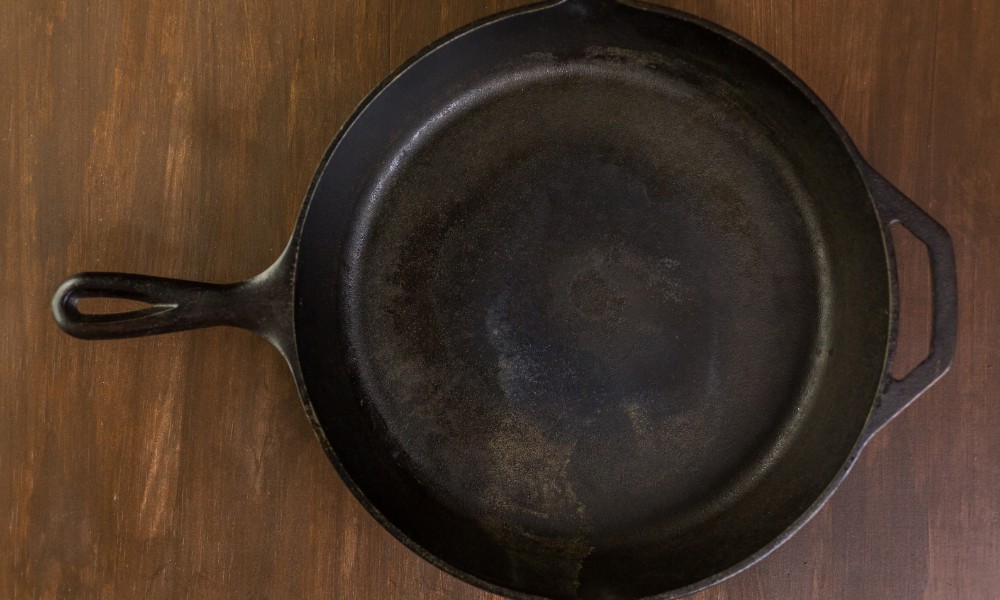
You should dry your cast iron pan well after washing and season it with a high smoke point oil to prevent oxidation, aka rust. Your pans should be stored with a piece of paper towel between each pan to protect the seasoning. And if you see a little rust on your cast iron pan – don’t panic! Just clean it with oil and salt.
Heavy and Brittle
There’s no getting around how heavy cast iron is. Its weight gives it great heat retention but makes these pans hard to maneuver, especially for people with limited strength. The pans can also cause strains or other injuries if dropped.
To add insult to injury, cast iron is also brittle so you risk cracking it if you drop it or heat it too quickly. Cast iron is known to crack (or even, anecdotally, to burst!) if heated dry and too quickly on an electric or induction stovetop.
What Are the Alternatives to Cast Iron?
If you’ve decided that cast iron isn’t a good fit for you, here are a few other cookware materials that could be considered a good replacement.
If you love everything about cast iron except the leaching iron, then enamel cast iron is a great alternative. The body of the pot or pan is the same material – cast iron – but it’s encased in layers of glass (porcelain) enamel. This keeps your food away from the raw iron, making the surface nonreactive, so it doesn’t need to be seasoned.
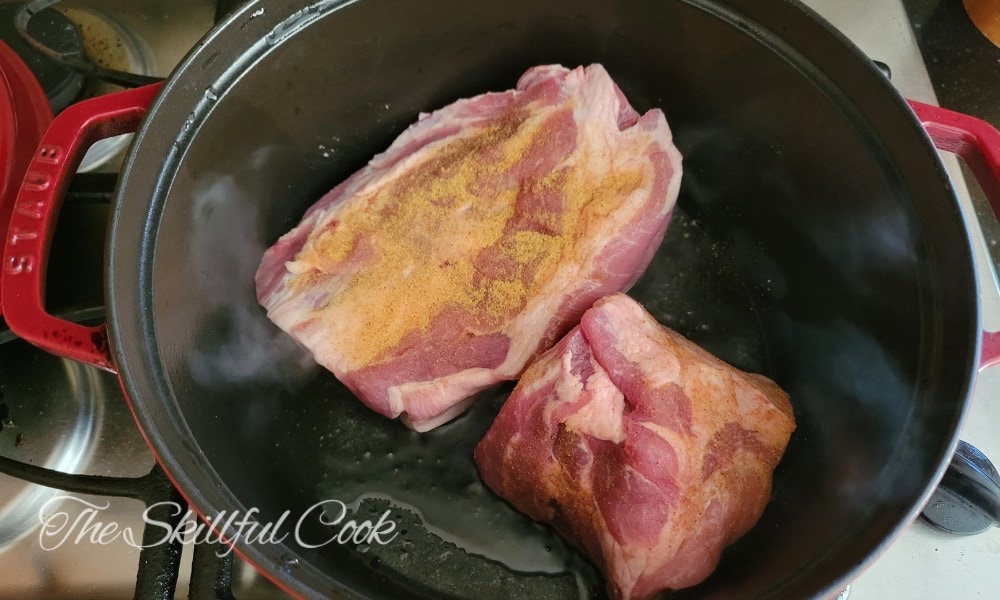
Pure ceramic and stoneware have very similar heat retention qualities to cast iron. These are best suited for casserole dishes and Dutch ovens, as most brands can’t be used on the stovetop. It’s worth mentioning, however, that this material is also heavy and even more brittle than cast iron.
Carbon steel is a very similar material to cast iron, but is a more lightweight option. It still needs to be seasoned but it doesn’t have any chemical nonstick coatings, so it’s considered to be nontoxic. This material is best suited for skillets and woks.
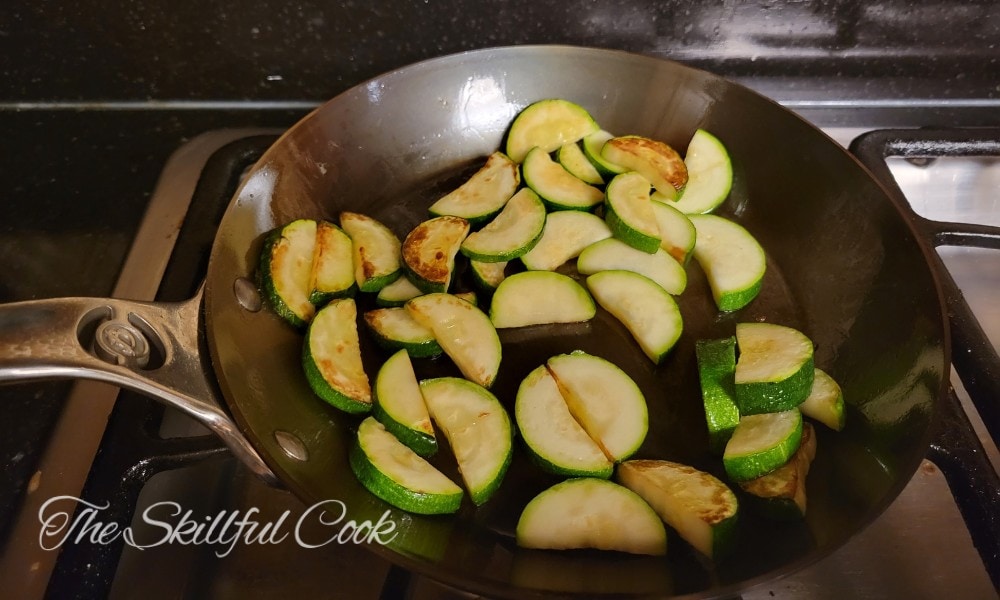
Frequently Asked Questions
Can you get too much iron from cast iron?
Cooking with cast iron pans can contribute to increased iron intake, particularly when the cookware is new or used with acidic foods. However, the risk of iron overload is generally low for most people. It’s more of a concern for individuals with conditions like hemochromatosis, or those who already consume high levels of iron. As always, it’s wise to consult with a healthcare provider regarding your specific dietary needs and risks.
Is it safe to cook in cast iron every day?
Yes, it’s okay to cook in cast iron every day as long as your doctor has not advised against it. I recommend keeping track of your iron levels when cooking frequently on cast iron. Only use cast iron cookware daily if your pans are well seasoned and you avoid cooking acidic foods in them.
Does cast iron cookware contain lead?
Natural, undecorated cast iron cookware does not contain lead. Cast iron has a melting point about four times higher than lead, so any lead should melt and be purified out of the raw iron before the cookware is cast. Lead was sometimes used when adding glossy glazes to enamel cast iron, but, since raw cast iron isn’t glazed, it should be completely lead-free. The exception might be vintage cast iron that was once used for melting lead, perhaps to make bullets.
Is vintage or old cast iron safe to use?
Vintage or old cast iron is completely safe in most cases, so this is a great way to pick up a cast iron pan for a bargain. You should give it a good scrub and assess the rust situation before seasoning or using the pan.
Conclusion
Overall, cast iron is considered healthy cookware as long as it’s well-maintained. I think we thoroughly covered all the potential risks behind using cast iron, so you should be able to go into purchasing your own cast iron pan with all the right information. But, as with any health-related issue, you should always consult your doctor before changing your cooking practices.
If you have any more questions about how healthy it is to use cast iron, then be sure to comment below.

